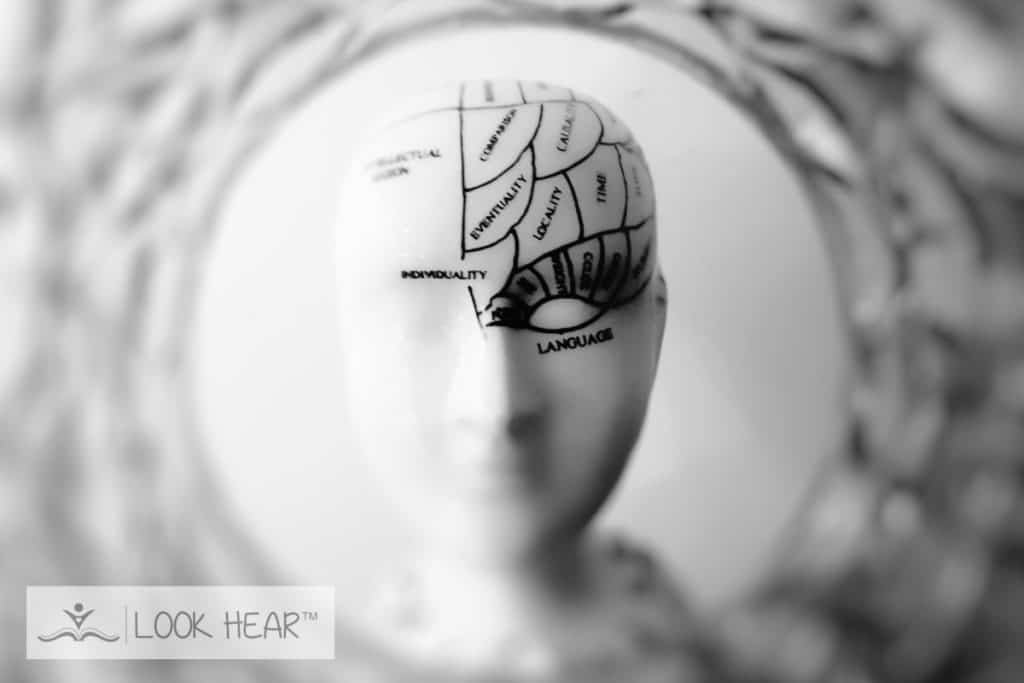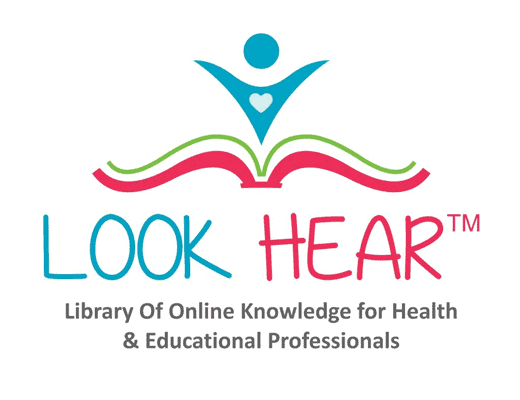INSAR Conference 2019 – Day 2
Hi everyone, Tim here. I’ve been in Montreal last week at the International Society of Autism Researchers (INSAR) annual conference. This conference brings autism researchers from around the world together to discuss and share the leading research into the autism spectrum.
Highlights from Day 2:
Multimodal Measurement of Sensory Processing
Measuring sensory reactivity reliably:
Teresa Tavassoli discussed the difficulties in accurately measuring sensory reactivity in autistic individuals.
I am part of Teresa’s team and you can find out more information here.

Lessons from psychophysical studies of somatic sensation in autism:
Carissa Cascio spoke about psychophysics, and in particular how tactile perception relates to ASD traits.
You can find our more about Carissa’s research here.
Neural habituation of sensory stimuli:
Shula Green described sensory over-responsivity and functional neuroimaging. She discussed differences in neural connectivity to touch and sound processing, particularly over time.
Relating abnormal tactile processing and cortical dysfunction in children with ASD:
Nick Puts continued the discussion on cortical differences in tactile processing in ASD individuals.
Take home message from these sessions:
The assessment of sensory reactivity in autistic individuals requires a multimodal approach that takes into consideration both questionnaire and observational methods. This should include measurement of perception (internal state) and not just reaction (external reaction).
Psychiatric Comorbidities
Adverse childhood experiences:
This talk by Amy Barrett highlighted the large percentage of ASD children who have adverse childhood experiences, including trauma, and how this is often overlooked in research and in clinical settings.
You can find out more about Amy’s research here.
ASD and suicidal behaviours:
Paul Lipkin advised on his research on suicide behaviours in children and adolescents with autism and their access to medication and interventions. In particular, he looked at exploring factors contributing to suicidal behaviours.
Emotion dysregulation as a risk factor for suicide:
Caitlin Conner outlined her research and showed that increases in emotional dysregulation are correlated with higher reported suicidal ideation.
You can find out more here.
Depressed mood and interpretation of neuroscience data:
Katie Gotham spoke about how depressed mood in autism may obscure our interpretation of neuroscience research data. Analysing mood, anxiety and attention may help interpret research findings more accurately.
Group CBT for ASD and anxiety:
Audrey Blakeley-Smith presented on findings of a trial of group CBT for anxiety in a group of ASD teens with anxiety and intellectual disability.
Executive functioning:
Laura Anthony discussed an online executive functioning intervention – Unstuck. This online program allows for a self-paced, parent led intervention with tips and support.
Take home message:
Whilst research is making strides towards understanding psychopathology in autism, and in particular defining specific vulnerability profiles, there is still a lot to explore. Children with autism are also more likely to mask disorders like anxiety, or not be picked up by standard measures of psychopathology.

If you would like more information or resources, check out our pages on Mental Health or our HUGE Resource Library.
